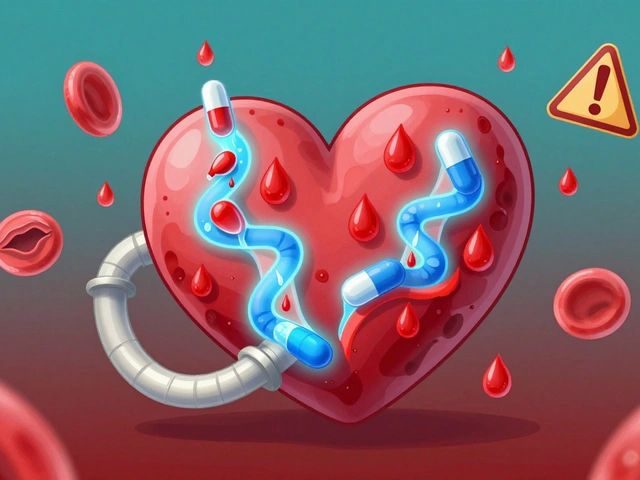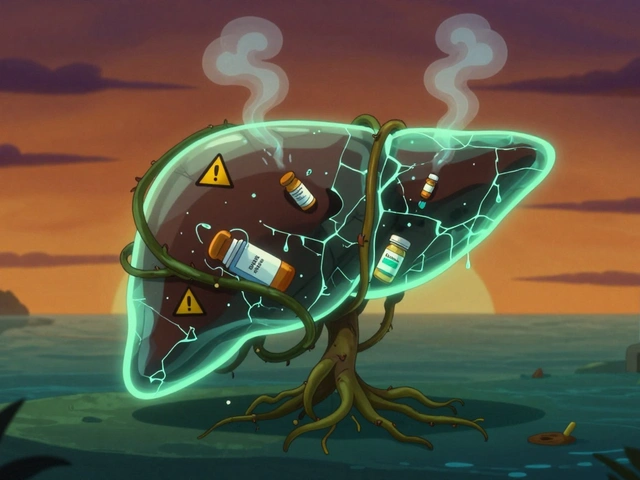Depression: Practical Tips to Spot It and Get Help
Feeling low for weeks, losing interest in things you used to enjoy, or having trouble sleeping? Those can be signs of depression. This page pulls together clear, practical advice so you know what to look for, how to start treatment, and how to keep yourself safe while trying different options.
What depression commonly looks like
Depression isn’t just sadness. Look for persistent low mood, loss of interest or pleasure, changes in appetite or sleep, slow movement or agitation, trouble concentrating, and repeated negative thoughts. If these last most days for two weeks or more, talk to a doctor. If you have thoughts of harming yourself, reach out for emergency help right away—call local crisis lines or emergency services.
Not everyone shows the same signs. Some people seem tired all the time, others get irritable or have new sleep problems. Keep a short daily note on mood, sleep, and energy for a week—this helps your clinician see patterns fast.
Treatment options that work—and what to expect
Common, evidence-based steps include therapy (like CBT), medications (often SSRIs), lifestyle changes, and sometimes a combo of these. Therapy helps change unhelpful thought patterns. SSRIs and other antidepressants can reduce symptoms over weeks. Expect 4–8 weeks to see meaningful change and talk to your clinician before stopping or changing doses.
Side effects happen. For example, some people notice changes in sleep or vivid dreams after starting antidepressants. If side effects are serious or don’t fade, ask your provider about switching drugs or adjusting the dose. Never mix medications without medical advice—drug interactions matter.
Some people explore alternatives like talk therapy plus sleep, exercise, or targeted supplements. Others ask about newer options; treat those as part of a conversation with your clinician, not a quick fix.
Buying medication online? Use licensed pharmacies that require a prescription, check verified reviews, and avoid deals that seem too cheap. Our site has articles on safe online pharmacies and how to spot red flags when ordering meds.
Small, practical habits help: keep a regular sleep schedule, cut back on alcohol, go for short daily walks, and set one achievable goal each day. These don’t replace treatment but make it easier to recover.
Want more reading? We cover antidepressant side effects (like vivid dreams), alternatives and medicine interactions, plus safe buying tips on PowPills.com. If you’re unsure what to do next, call your primary care doctor or a mental health professional—getting a clear plan is the best next step.
Coping with Anxiety and Depression in Chronic Obstructive Pulmonary Disease Patients
Living with Chronic Obstructive Pulmonary Disease (COPD) can be a heavy burden, often leading to feelings of anxiety and depression. This emotional struggle can be as debilitating as the physical symptoms, making it crucial for patients to learn effective coping strategies. Deep breathing exercises, physical activity, and maintaining a balanced diet can help manage the physical symptoms, while counseling, support groups, and possibly medication can address the psychological impact. It's also important to maintain regular communication with healthcare professionals. Remember, it's not just about managing the disease, but also about enhancing quality of life.





